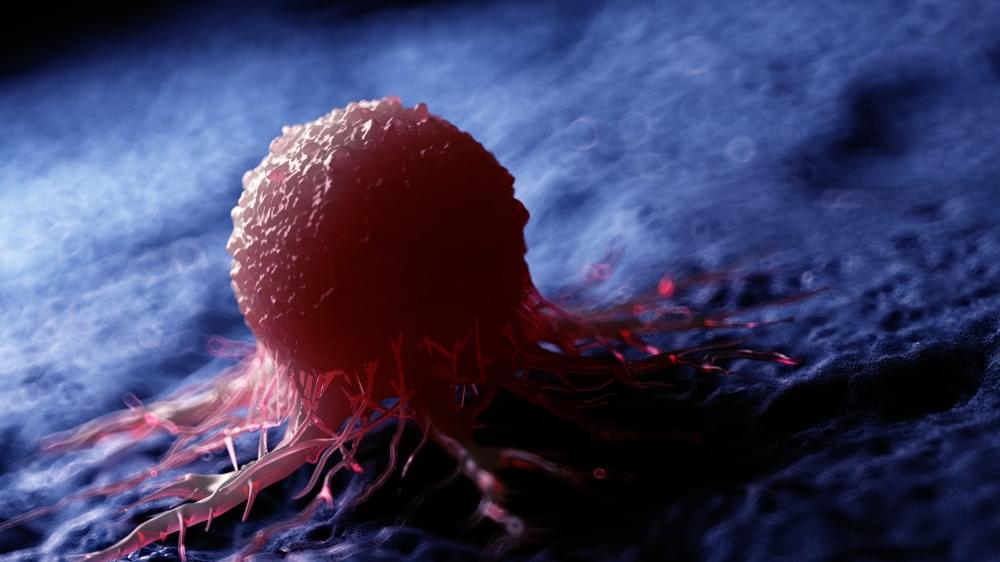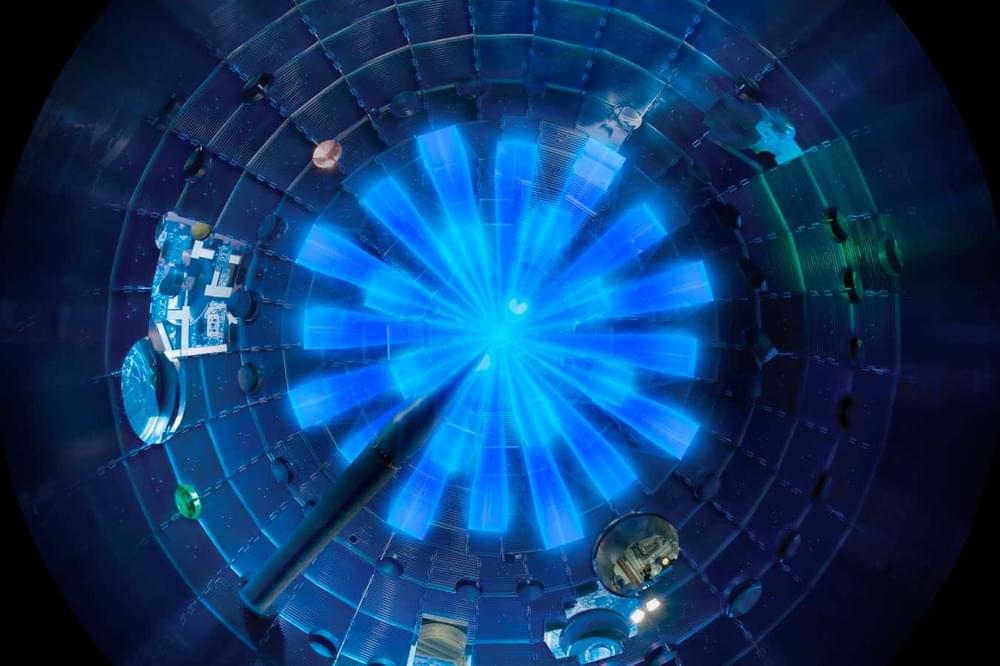Ziyan’s Shadow S3 sets new standards with a sub-7kg take-off weight, exceptional wind resistance, and an impressive 100-minute endurance.


More deathism from Mr Tyson. Really I’m a big fan but I dislike this sort of thinking. I commented on the vid.
What if we could live forever? Neil deGrasse Tyson takes us through life and death: if we could live forever what would life really mean? We explore why fresh flowers have meaning and why dogs make every day count. Learn about the Cretaceous-Tertiary Event, The Permian-Triassic Extinction, The Holocene Epoc, and how Earth is one killing machine.
Get the NEW StarTalk book, ‘To Infinity and Beyond: A Journey of Cosmic Discovery’ on Amazon: https://amzn.to/3PL0NFn.
Support us on Patreon: / startalkradio.
FOLLOW or SUBSCRIBE to StarTalk:


The chatbot’s creators, from the AI company Limbic, set out to investigate whether AI could lower the barrier to care by helping patients access help more quickly and efficiently.
A new study, published today in Nature Medicine, evaluated the effect that the chatbot, called Limbic Access, had on referrals to the NHS Talking Therapies for Anxiety and Depression program, a series of evidence-based psychological therapies for adults experiencing anxiety disorders, depression, or both.
It examined data from 129,400 people visiting websites to refer themselves to 28 different NHS Talking Therapies services across England, half of which used the chatbot on their website and half of which used other data-collecting methods such as web forms. The number of referrals from services using the Limbic chatbot rose by 15% during the study’s three-month time period, compared with a 6% rise in referrals for the services that weren’t using it.

Scientists have discovered a mechanism that lets senescent tumor cells undermine chemotherapy. With this mechanism blocked, standard chemotherapy led to complete regression of mammary tumors in mice [1].
Senescent yet still dangerous
Chemotherapy and radiation therapy, still the two most common treatments for solid tumors, subject cells to powerful stress as they are designed to do. This stress drives cellular senescence. Since senescent cells stop proliferating, inducing senescence in cancer cells is considered a desirable outcome. However, this is not the end of the story.

Veteran autonomous delivery robot developer Starship Technologies announced it had raised an additional $90 million in funding to help expand its micro-logistics service to additional territories around the globe.
Starship Technologies was founded in 2014 by Skype co-founders Ahti Heinla and Janus Friis based on the idea that autonomy can help many of the challenges in last-mile deliveries. The company’s L4 autonomous delivery robots have completed over six million trips to date, transporting meals, packages, groceries, and important documents to students and other customers.
In August 2023, that mileage total was five million, operating in 30 different areas. Today, Starship’s robots have expanded to 80 locations worldwide, including the US, UK, Germany, Denmark, Estonia, and Finland.


The US National Ignition Facility has achieved even higher energy yields since breaking even for the first time in 2022, but a practical fusion reactor is still a long way off.

